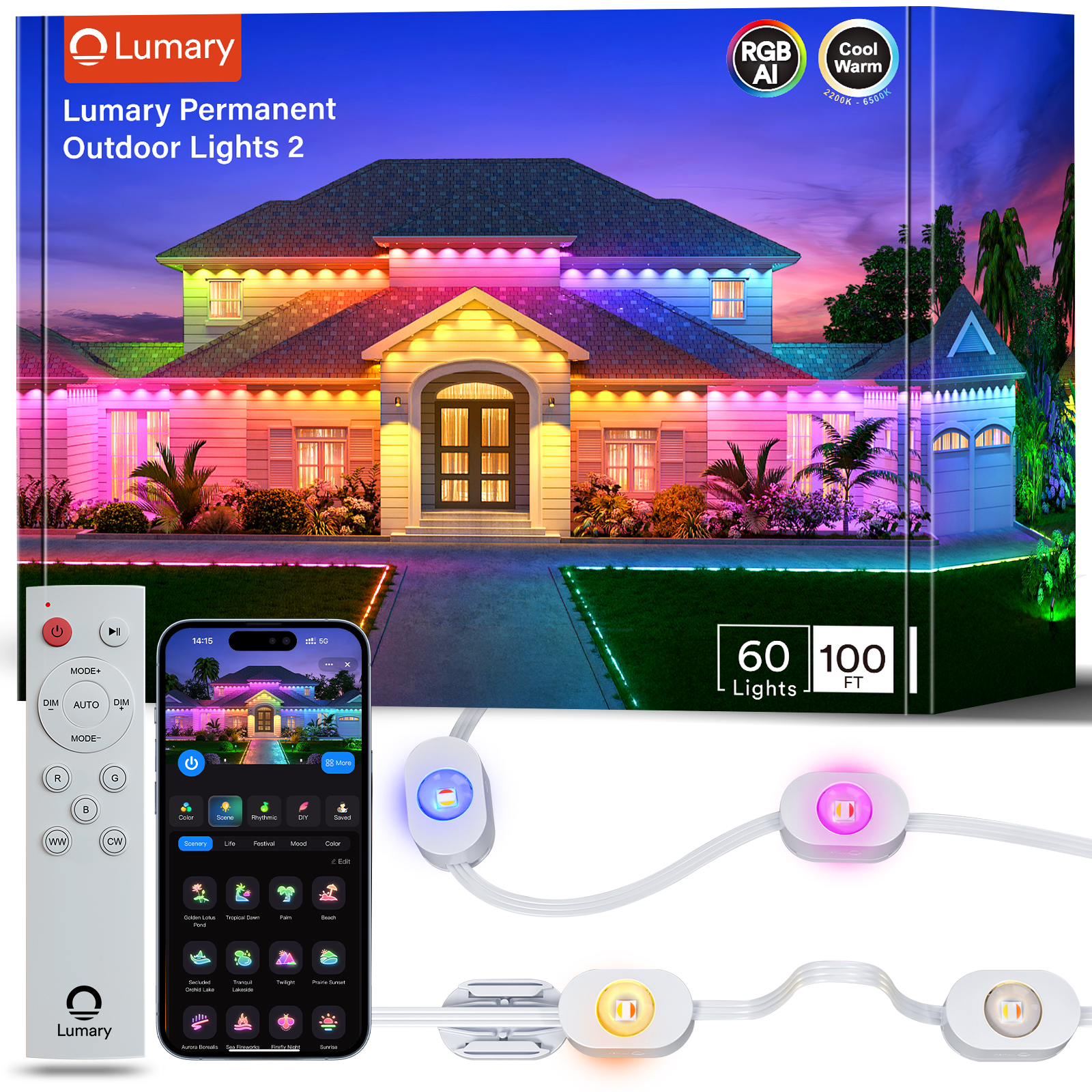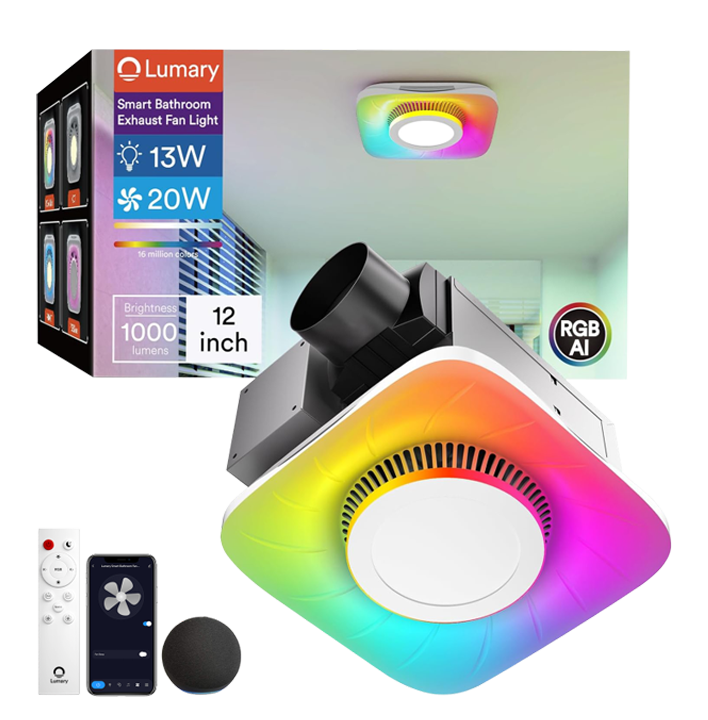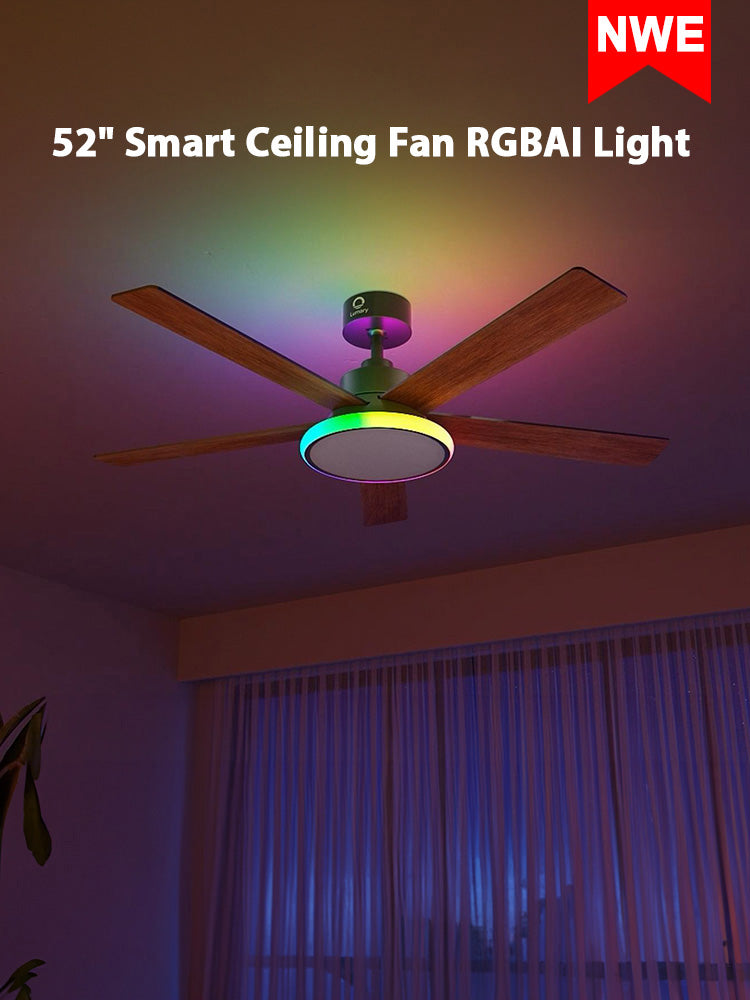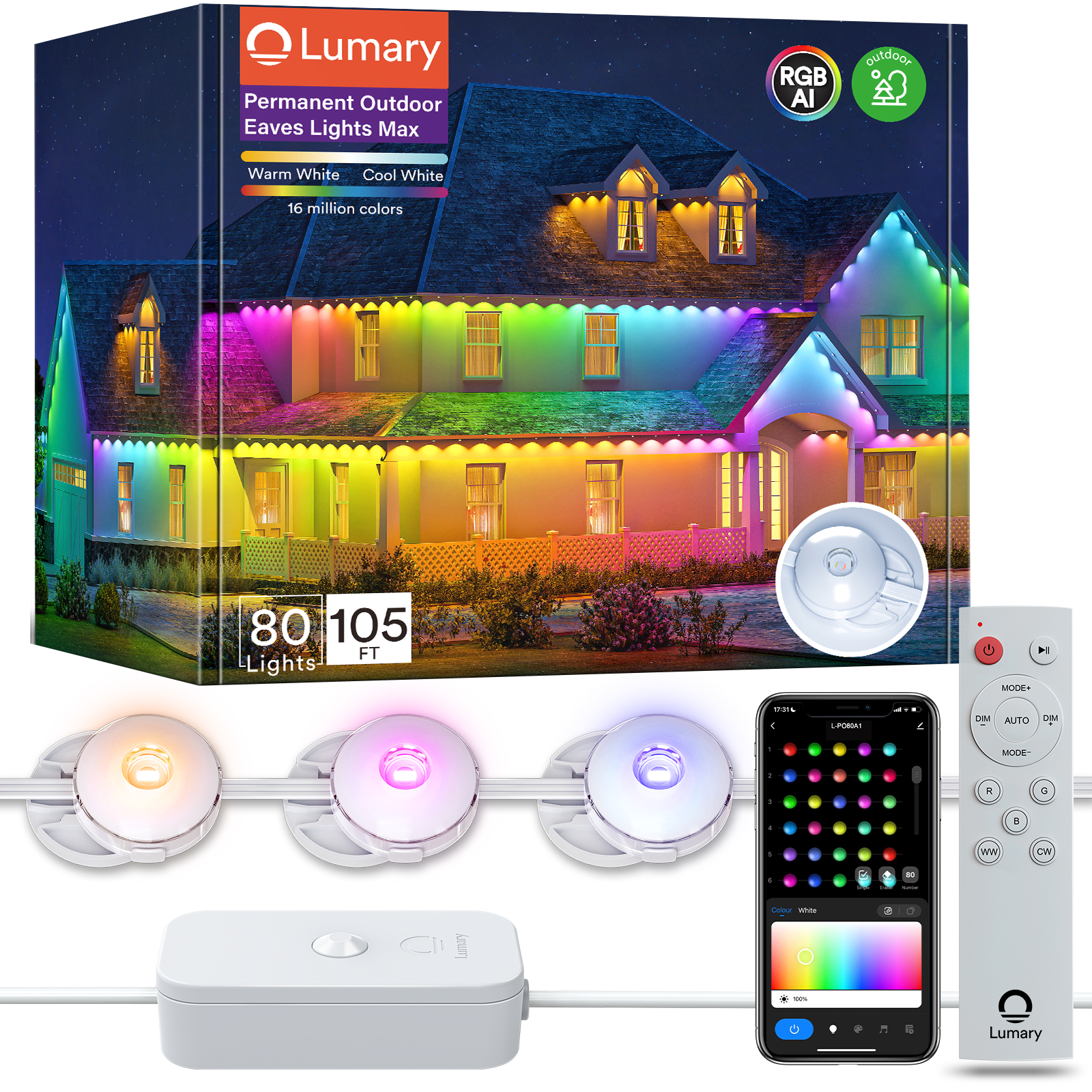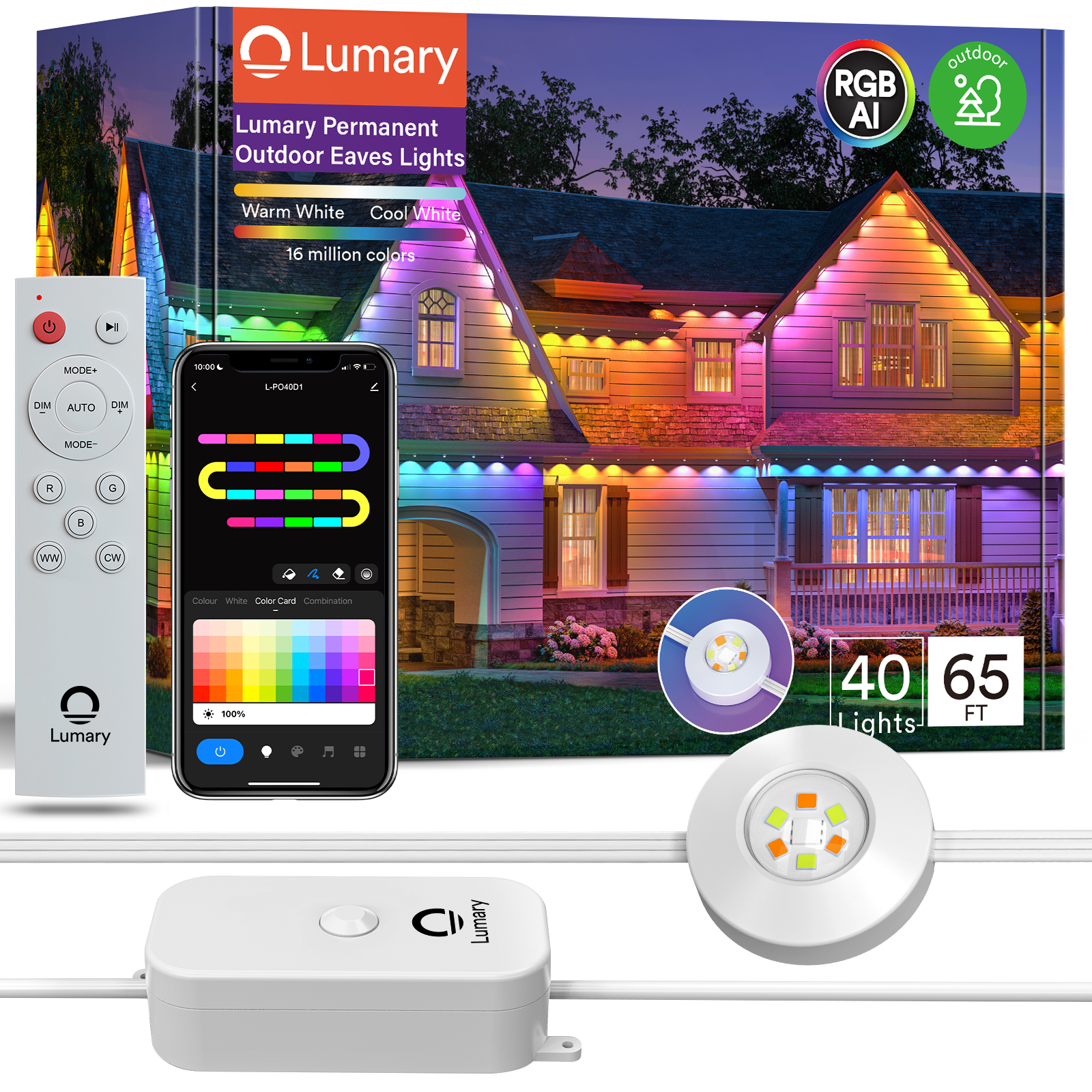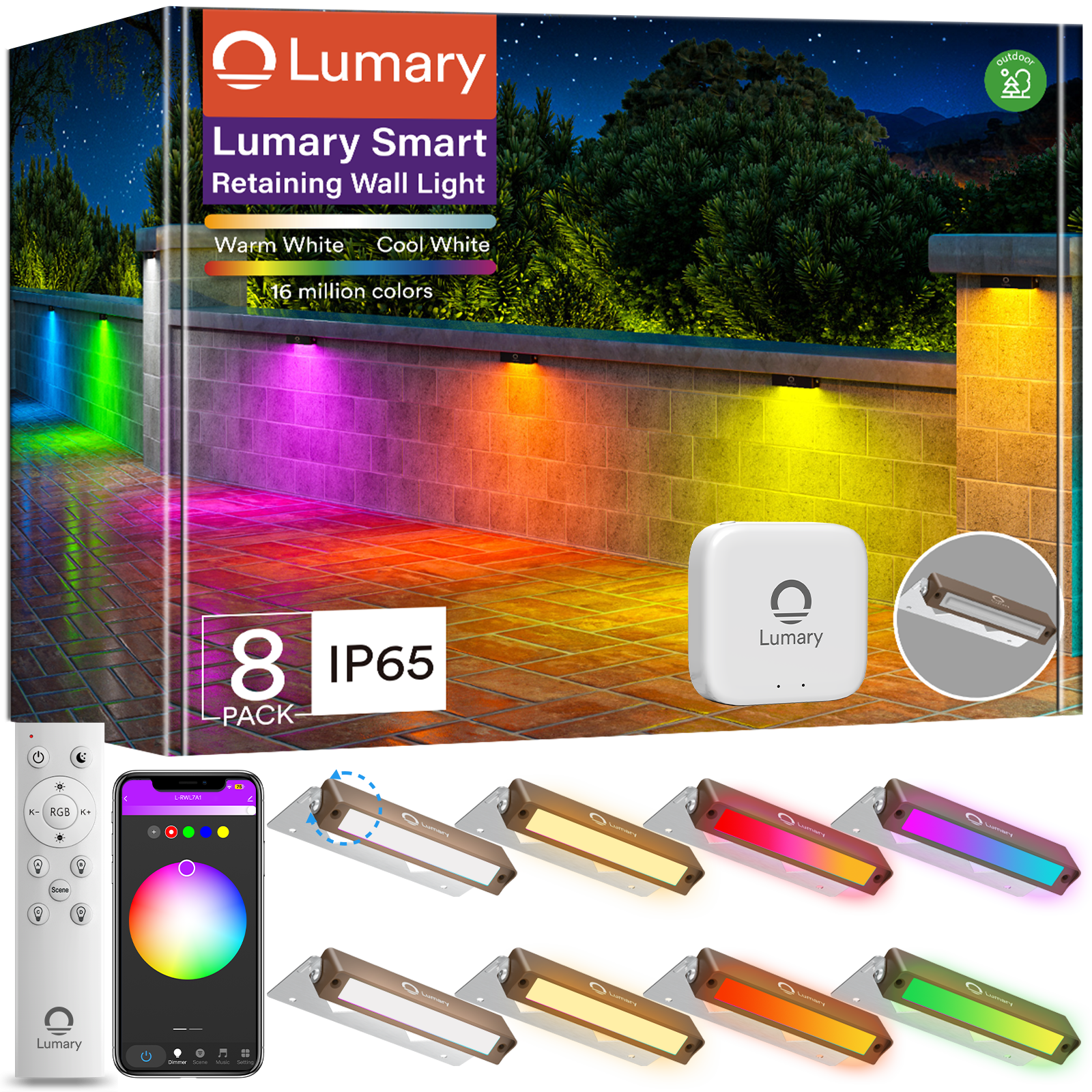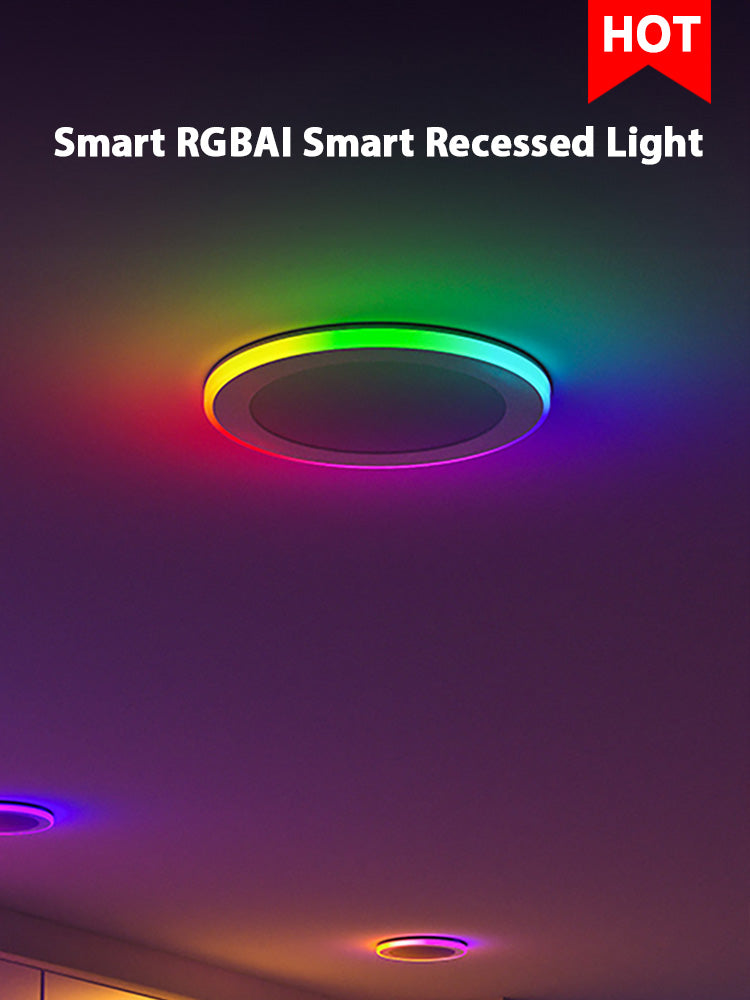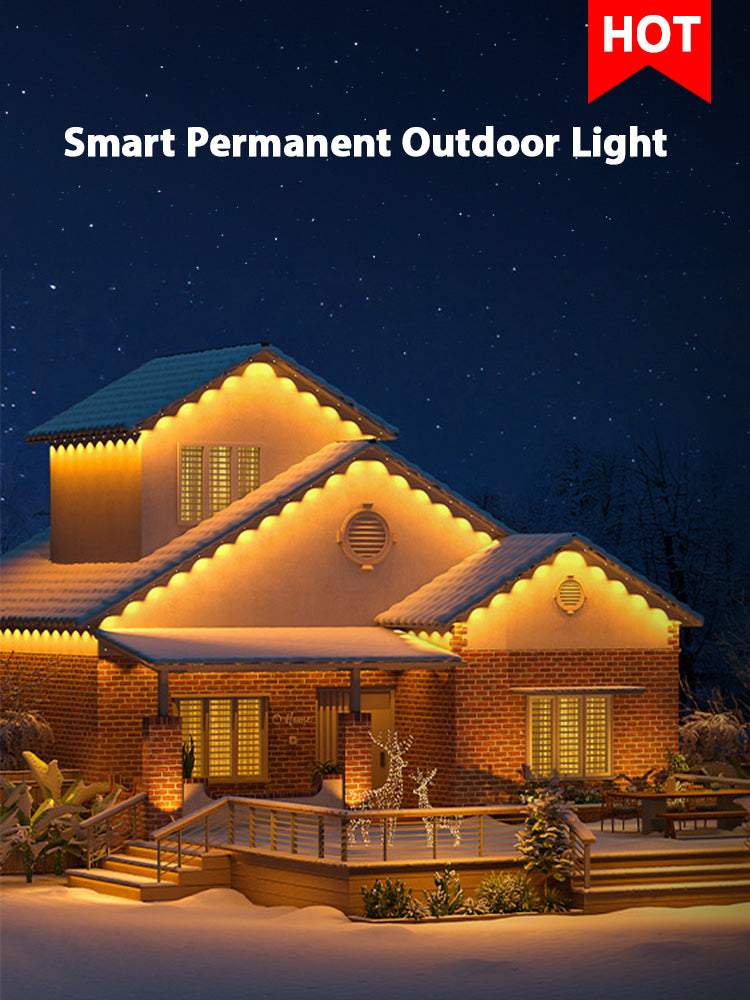Energy efficiency in lighting plays a crucial role in reducing electricity consumption and lowering utility bills. Recessed fixtures have become a popular choice for modern interiors due to their sleek design and versatility. These fixtures, when paired with energy-efficient options like LED bulbs, can significantly cut down on energy use. LEDs consume at least 75% less energy than traditional incandescent lamps, offering substantial savings. By focusing on strategies to enhance energy efficiency, you can enjoy both aesthetic appeal and cost savings in your home lighting.
Understanding Recessed Fixtures

Basics of Recessed Fixtures
Definition and Components
Recessed fixtures, often called can lights or downlights, sit flush with the ceiling. These lights consist of three main parts: the housing, the trim, and the bulb. The housing is the part installed in the ceiling. The trim is the visible part that adds style. The bulb provides the light source.
Common Uses and Benefits
Recessed fixtures work well in various settings. Many people use them in kitchens, hallways, and bathrooms. These lights offer a sleek look and save space. LED options provide energy efficiency and long-lasting performance. Dimmers allow you to set the mood or highlight special features.
Types of Recessed Fixtures
Fixed vs. Adjustable Fixtures
Fixed recessed fixtures direct light in one direction. These work best for general lighting. Adjustable fixtures, like gimbal lights, let you change the light's direction. This feature helps highlight artwork or specific areas.
Trim Styles and Their Impact
Trim styles affect both function and appearance. Baffle trims reduce glare and soften light. Reflector trims enhance brightness. Decorative trims add a stylish touch. Choose the right trim to match your room’s design and lighting needs.
Key Factors for Energy Efficiency

Location and Placement
Proper placement of recessed fixtures can make a big difference in energy efficiency. You want to get the most light with the least amount of power. So, let's talk about how to do that.
Optimal Spacing for Illumination
Optimal spacing helps you achieve even lighting. You don't want dark spots or overly bright areas. Place recessed fixtures about 4 to 6 feet apart. This spacing works well for general lighting. In smaller rooms, you might need fewer fixtures. Larger spaces may require more. The goal is to cover the area evenly without wasting energy.
Considerations for Different Rooms
Different rooms have different needs. Kitchens often need more light than bedrooms. In kitchens, place recessed fixtures over work areas like countertops. In living rooms, focus on areas where people gather. Bathrooms benefit from recessed fixtures near mirrors. Think about how you use each room. Then, plan your lighting layout accordingly.
Choosing the Right Bulb
Choosing the right bulb is crucial for energy efficiency. LED bulbs are the top choice for recessed fixtures. Let's see why.
LED vs. CFL Bulbs
LEDs and CFLs both save energy compared to incandescent bulbs. But LEDs take the lead. LEDs use up to 90% less energy than traditional bulbs. CFLs use 25-35% less energy. LEDs last up to 25 times longer than incandescent bulbs. CFLs release almost 80% of their energy as heat. LEDs emit very little heat. This makes LEDs safer and more efficient for recessed fixtures.
Lumens and Wattage Considerations
Lumens measure brightness. Wattage measures energy use. For recessed fixtures, focus on lumens. More lumens mean brighter light. Less wattage means lower energy use. An LED with 800 lumens uses about 10 watts. A CFL with the same lumens uses around 14 watts. Choose bulbs with high lumens and low wattage for the best efficiency.
Advanced Strategies for Efficiency
Incorporating Smart Technology
Smart technology can transform your recessed fixtures into energy-saving powerhouses. Imagine controlling your lights with a simple voice command or a tap on your phone. Smart bulbs and controls offer this convenience. These systems let you adjust brightness and color, enhancing both mood and efficiency.
Smart Bulbs and Controls
Smart bulbs in recessed fixtures provide more than just light. They offer flexibility and customization. You can set schedules to turn lights on or off automatically. This reduces energy waste when rooms are unoccupied. Voice control through devices like Alexa or Google Assistant adds ease to your daily routine.
Automation and Energy Savings
Automation plays a key role in energy savings. Sensors detect room occupancy and adjust lighting accordingly. This means lights only stay on when needed. Studies show that smart lighting can cut energy consumption by up to 79% in unoccupied spaces. This leads to significant reductions in electricity bills.
Enhancing Insulation and Sealing
Proper insulation and sealing of recessed fixtures prevent energy loss. Airtight fixtures stop air leaks, keeping your home comfortable and efficient. This reduces the strain on heating and cooling systems.
Importance of Airtight Fixtures
Airtight recessed fixtures maintain indoor temperature. They prevent drafts and heat loss. This helps in lowering energy costs. Properly sealed fixtures also enhance the lifespan of your bulbs by reducing exposure to moisture.
Techniques for Improved Insulation
Improving insulation around recessed fixtures involves simple steps. Use insulation covers designed for these lights. Ensure that fixtures are rated for contact with insulation (IC-rated). This prevents overheating and enhances safety. Proper sealing and insulation lead to a more energy-efficient home.
Additional Features and Considerations
Dimming Capabilities
Benefits of Dimmable Lights
Dimmable lights offer flexibility in creating the perfect ambiance. Adjusting brightness helps set the mood for any occasion. Lowering light levels saves energy and extends bulb life. Dimmable LEDs provide smooth transitions without flickering. These features make dimmable lights a smart choice for energy efficiency.
Compatibility with Existing Systems
Compatibility matters when integrating dimmable lights. Ensure existing systems support dimmable LED bulbs. Some older systems may require updates or specific dimmer switches. Check compatibility to avoid issues like flickering or buzzing. A seamless setup enhances both functionality and user experience.
Aesthetic and Functional Enhancements
Color Temperature Options
Color temperature impacts the feel of a room. Warm tones create a cozy atmosphere. Cool tones offer a bright and energetic vibe. Adjustable color temperature lets you tailor lighting to your needs. This feature adds versatility to recessed lighting setups.
Integrating with Interior Design
Recessed lighting complements interior design beautifully. Choose trims and finishes that match your decor. Highlight architectural features or artwork with adjustable fixtures. Smart lighting options allow for creative color schemes. Personalize your space with lighting that reflects your style.
Energy-efficient recessed lighting offers a smart way to save money and reduce environmental impact. Implementing these strategies can lead to significant cost savings and efficiency improvements. Energy-efficient lighting upgrades maintain the same level of illumination while lowering electricity costs. LED bulbs, with their longer lifespan and lower energy consumption, provide substantial savings over time. Switching to energy-efficient options not only benefits your wallet but also enhances the well-being of your home's occupants. Embrace these advancements and enjoy a brighter, more sustainable future in lighting technology.

